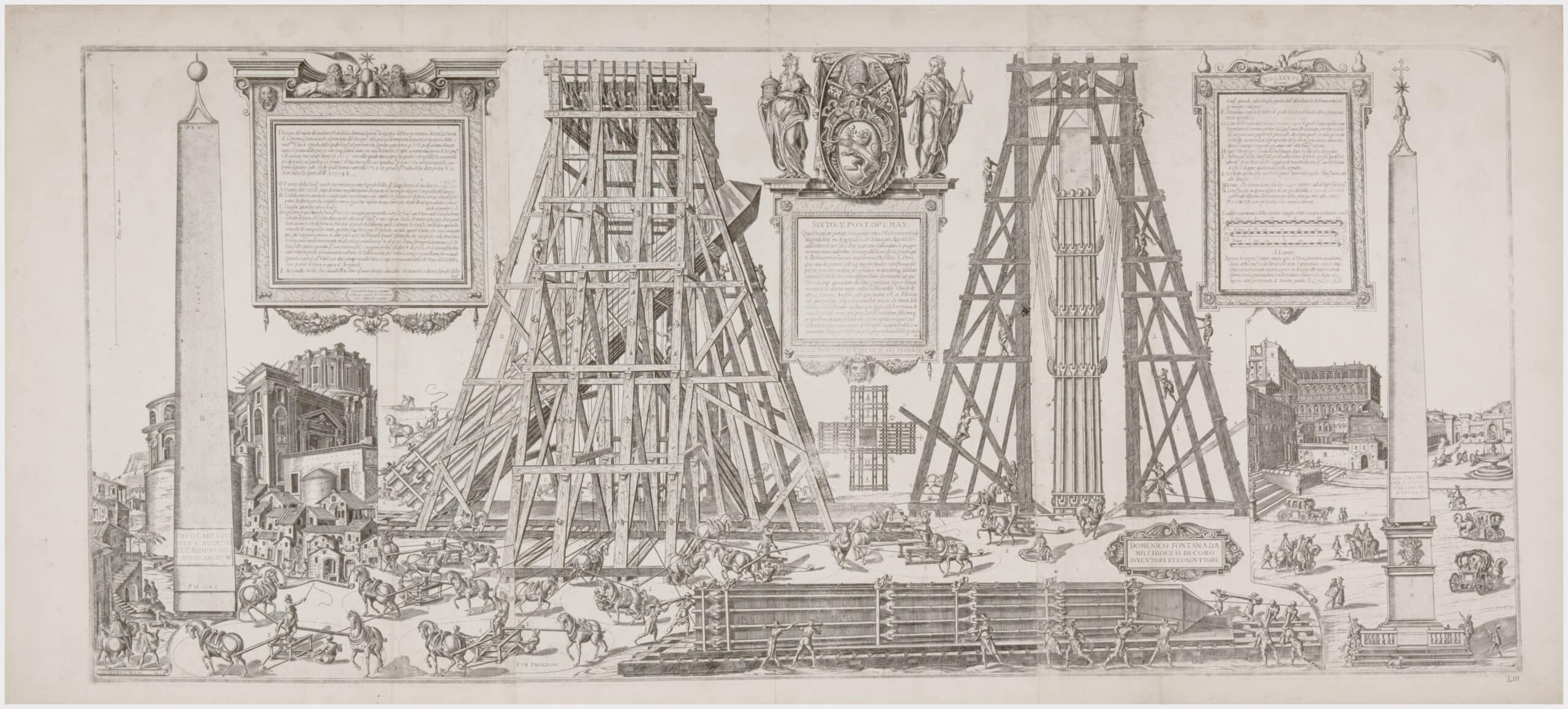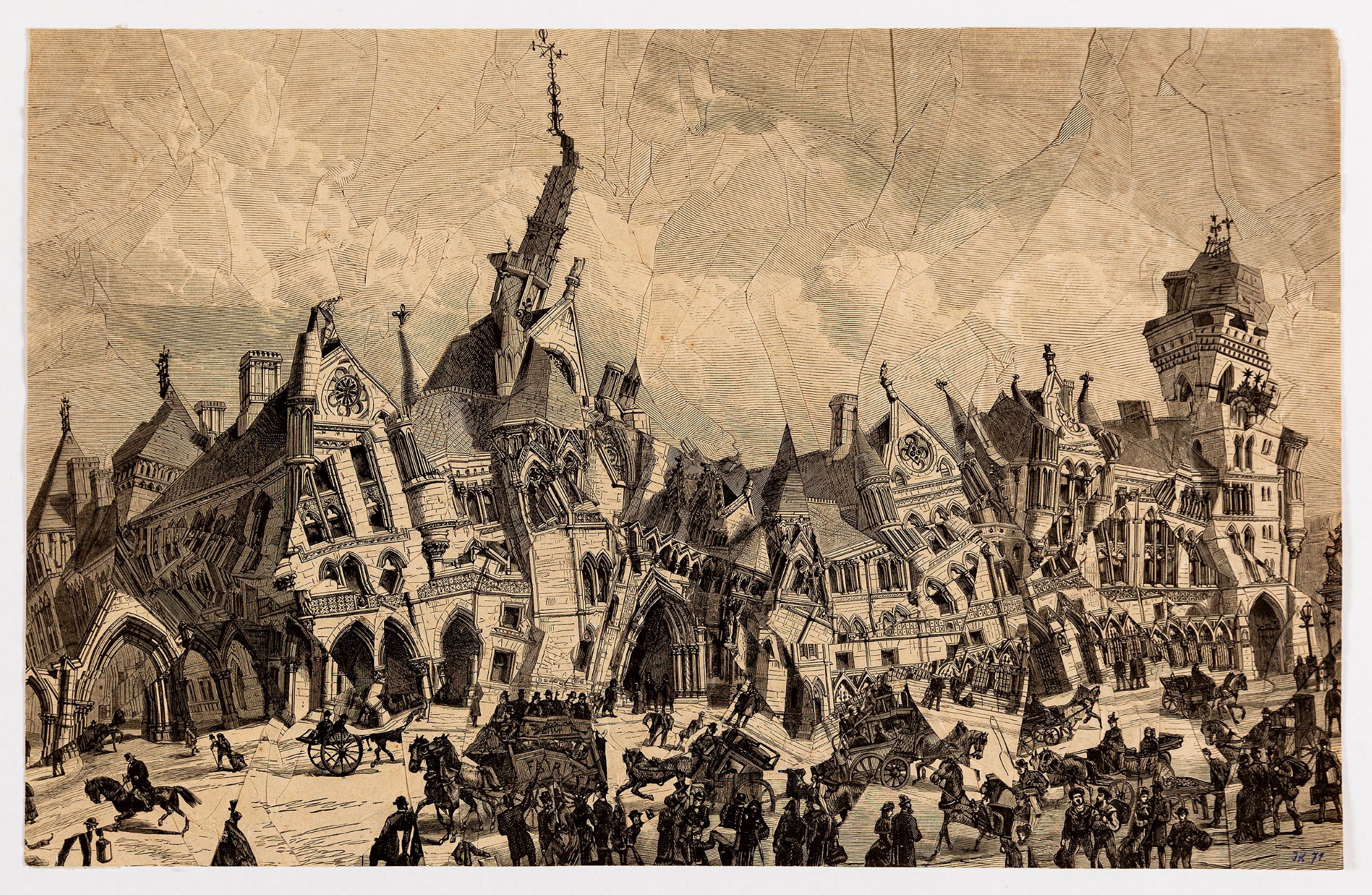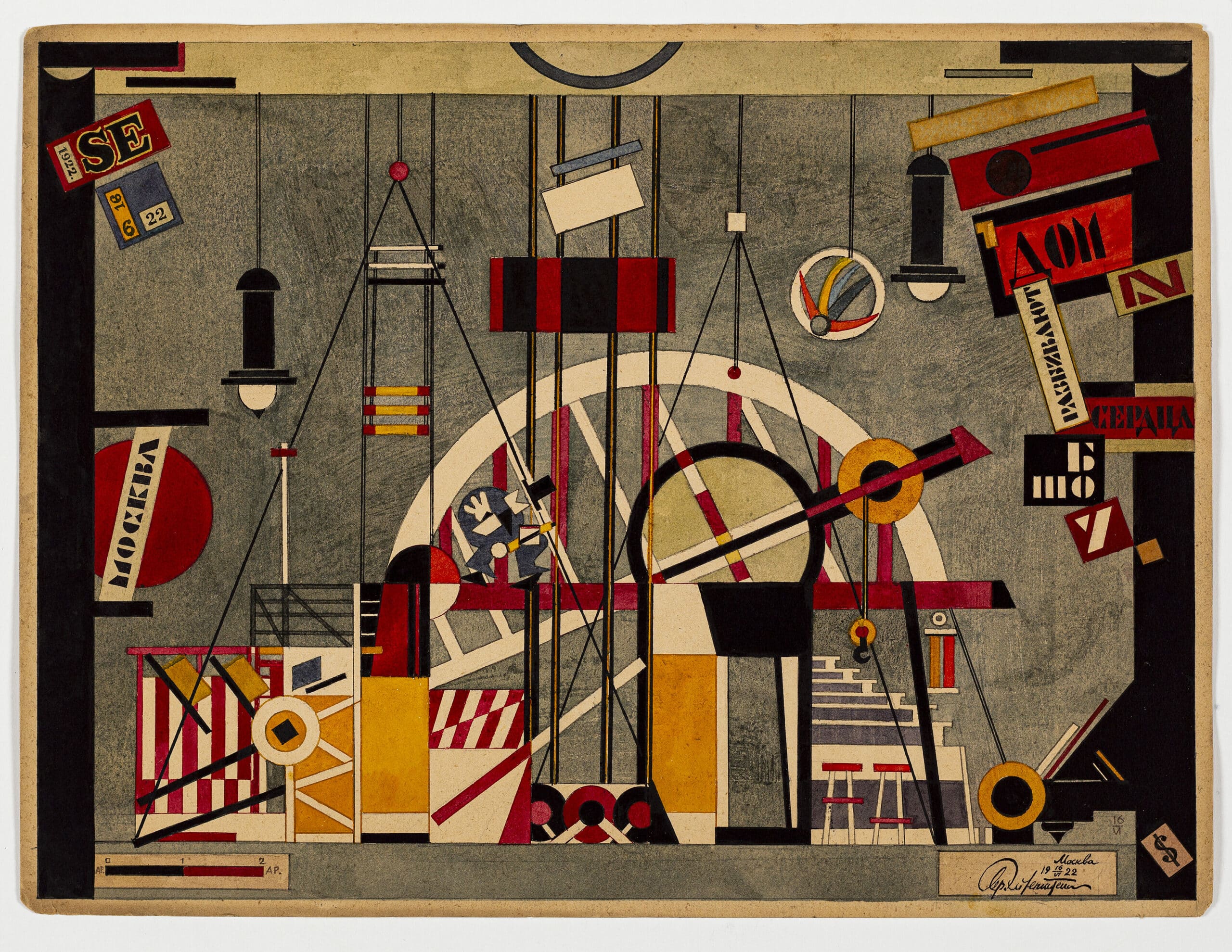DMJ 3 – Storytelling
Issue in preparation. Read articles published to date.
The deadline to submit abstracts has now passed.
Edited by Mark Dorrian and Paul Carter
DMJournal–Architecture and Representation
No. 3: Storytelling
ISSN 2753-5010 (Online)
ISBN (tbc)
Call for Papers
For the third issue of DMJournal, we seek proposals for contributions that explore the relations between drawing and storytelling. While the focus of the journal is on architecture and its graphic cultures, at the same time we welcome proposals that take diverse theoretical and cultural-historical approaches to the general theme.
The centrality of storytelling to self-understanding and the construction of culturally-shared meanings and values – but also to the contestation of those – has been emphasised by recent scholarship, and we are interested in the role that drawing has played in this. It is likely that some of our earliest drawings represent actions in time and were used to tell stories. Storytelling with an image implies its unfolding or metamorphosis, whether this occurs through transformations in the environmental conditions within which it is seen (the palaeolithic cave painting viewed in flickering torchlight, for instance, or the shifting light effects of the nineteenth-century diorama); or through an itinerary plotted through its parts (common, for example, in the depiction of scriptural narratives); or by the elaboration of sequences of discrete images such as we find latterly – although this has a long history – in instruction manuals, filmic storyboards, and comic books.

Thinking about drawing and storytelling entails considering the entanglement of image and text (or script, in the sense of a series of actions). The image may be understood as illustrating the text (it variously depicts, clarifies, extends, particularises, transforms, supplements …). In the other direction, the text may work ekphrastically – commentaries on allegorical or emblematic images typically function in this way. Captions, too, characteristically establish a claim on the interpretation of the drawing. In drawing/storytelling of this kind, it is typically assumed that something otherwise hidden needs to be exposed, an idea conveyed in the phrase ‘drawing out’. Some practices may collapse image and text into one another such that it becomes ever more difficult to make a clear distinction between the two, the graphic distribution of language becoming image-like on a surface or text being absorbed into graphic depiction as one of its elements. This is often associated with the avant garde, although it also has a deep history.

Architecture and its histories are permeated with practices and acts of storytelling, including those which construct and legitimate its own disciplinary identity. Storytelling is materialised, for instance, in the iconographic programme of buildings intended to memorialise, exalt or instruct, and underpins modes of Romantic criticism which aim to articulate narratives that lie latent in material structures. It takes form in anticipations of future conditions to which architectures devised in the present are addressed. More generally, storytelling is central to the way that architects describe their design process, and it is deeply embedded in architectural pedagogy through institutions such as the ‘crit’, which solicits students to constantly re-narrate their projects. At the same time, it underpins architects’ exchanges with clients or commissioning bodies, and the stories told in these encounters may in turn authorise the ways the latter can persuasively tell the ‘tale’ of the project to their publics. Such attributed meanings are genuinely discursive, and as they circulate are critical in stabilising and communicating a project’s value. The iconic value attributed to certain projects may largely ride on metaphors embedded in the stories told about them. In a curious inversion of materialist assumptions, buildings that have disappeared and survive only as drawings or in literary descriptions may endure more vividly as stories than as objects.

We welcome proposals for contributions that take diverse and fresh approaches to the topic. Areas that proposals might address include:
- historical transformations in architectural storytelling’s engagement with varied media and technologies (forms of scripting and even dramaturgy through books, storyboards, film, video, graphic novels, exhibitions, etc.)
- architecture’s ‘narrative turn’ in the 1970s and its specific relation with drawing
- narration and the role of drawing in the edification and self-fashioning of the architect (in travel narratives, biographies, sketchbooks, etc.)
- drawing and storytelling in architectural pedagogy
- storytelling in architecture as a mode of persuasion
- architectural engagements with specific narrative literatures
- acts of narration in relation to specific drawings, which may be to do, for example, with their ‘graphicality’ (the particular quality of the marks made – lines, dots, smears, etc. – and the way they prompt or support narration) or with their conditions of production or provenance, which itself is inevitably a species of storytelling
- particular histories of the adoption and repurposing of narrative strategies developed in other cultural contexts, such as the ‘scenario planning’ of Cold War futurist thinking
- excavations of the terminological and conceptual interlinkages between drawing and storytelling, such as the notion of the ‘plot’
- storytelling, representation, social and climatic justice
- the envisioning of alternate worlds through architectural storytelling, perhaps futures, that stand in a critical relation to the present
- drawing, storytelling, and AI ‘translations’ between text and image
A selection of some related materials from Drawing Matter Collections, intended only to stimulate ideas, is available as a lightbox here. Many of the drawings and models are part of larger series across different media.
Instructions and schedule for submissions
Please note that we have also launched a parallel call for short texts that examine the origin and circumstances of a single drawing (or series of drawings), observing the ways by which each achieves the specific purpose for which it was made. More information about this call can be found here.

